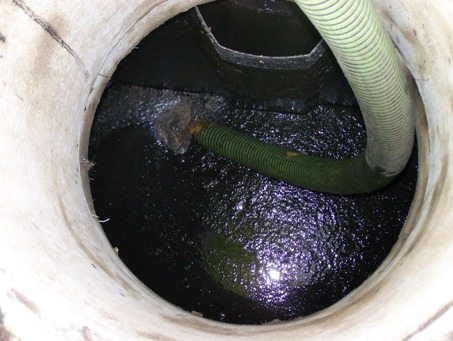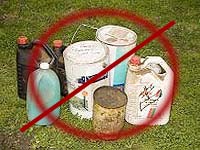The Reality of Your Septic System
Surprisingly, most homeowners do not know how how their septic system functions!
Discover that the typical septic system is a combination of mechanical components and anaerobic bacteria.
Learn how anaerobic bacteria will eventually cause septic system failure.
Understand why the septic system is likely to be a homeowner’s most expensive system to replace!
Finally, discover that Aero-Stream® can successfully execute a controlled aerobic conversion of your failed or failing septic system and extend the life of your system indefinitely.
Table of Contents for the Septic System Owners Manual
- The Reality of Your Septic System
- Terminology and Definitions
- Understanding Septic System Costs
- How Does a Septic System Work?
- Septic System Components – Septic Tank
- Septic System Components – Drainfields I
- Septic System Components – Drainfields II
- Septic Tank Problems – How a System Fails
- Resolving Septic System Problems
- Septic System Use and Maintenance Guidelines
The System That Is Taken For Granted
The truth is your septic system is working 24 hours per day, 365 days per year and requires periodic maintenance just as your car or any other mechanical system does. If neglected, there will come a time when your system will need serious attention ending in costly repairs or replacement.
Fact: your septic system is likely to be the most expensive system to replace on your property.
It is the mission of Aero-Stream® to educate homeowners regarding the components and processes of a functional septic system and provide sound advice and proven technology which restores a failing system and significantly extends its life while eliminating costly repairs.

Overview

Most septic system failures are caused by the drainfield clogging from a biomat buildup. Many contractors attempt to sell you costly new mechanical solutions or services to repair a failed drainfield. For example, some contractors will bring in equipment and fracture the clogging biomat in the drainfield. This solution is temporary because the fractures created in the biomat will begin to close and, over time, the system will fail again.
Still others will attempt to sell you the miracle cure bacteria additives. This is unnecessary and ineffective for two reasons. First, the addition of these additives dissolve and liquefy the waste which then flows into the drainfield where the solids precipitate out and clog the soil. Second, the waste stream already has adequate indigenous bacteria present to process the solids in the effluent.
As you will learn, the best septic system solution to restoring a failed septic system and preventing subsequent failures is converting from an anaerobic (oxygen free) to an aerobic (oxygen rich) biochemical process through utilization of the patented Aero-Stream® Remediation System.
